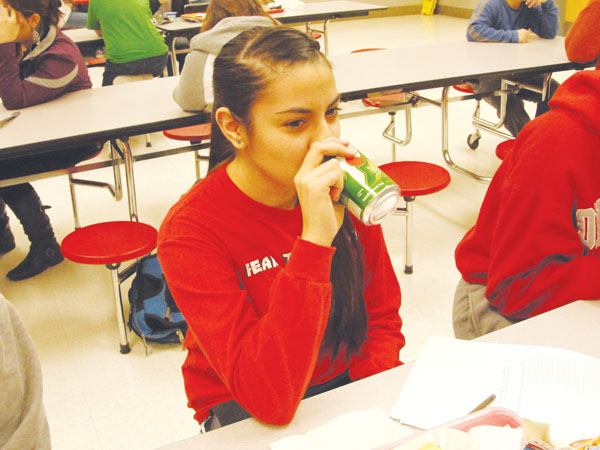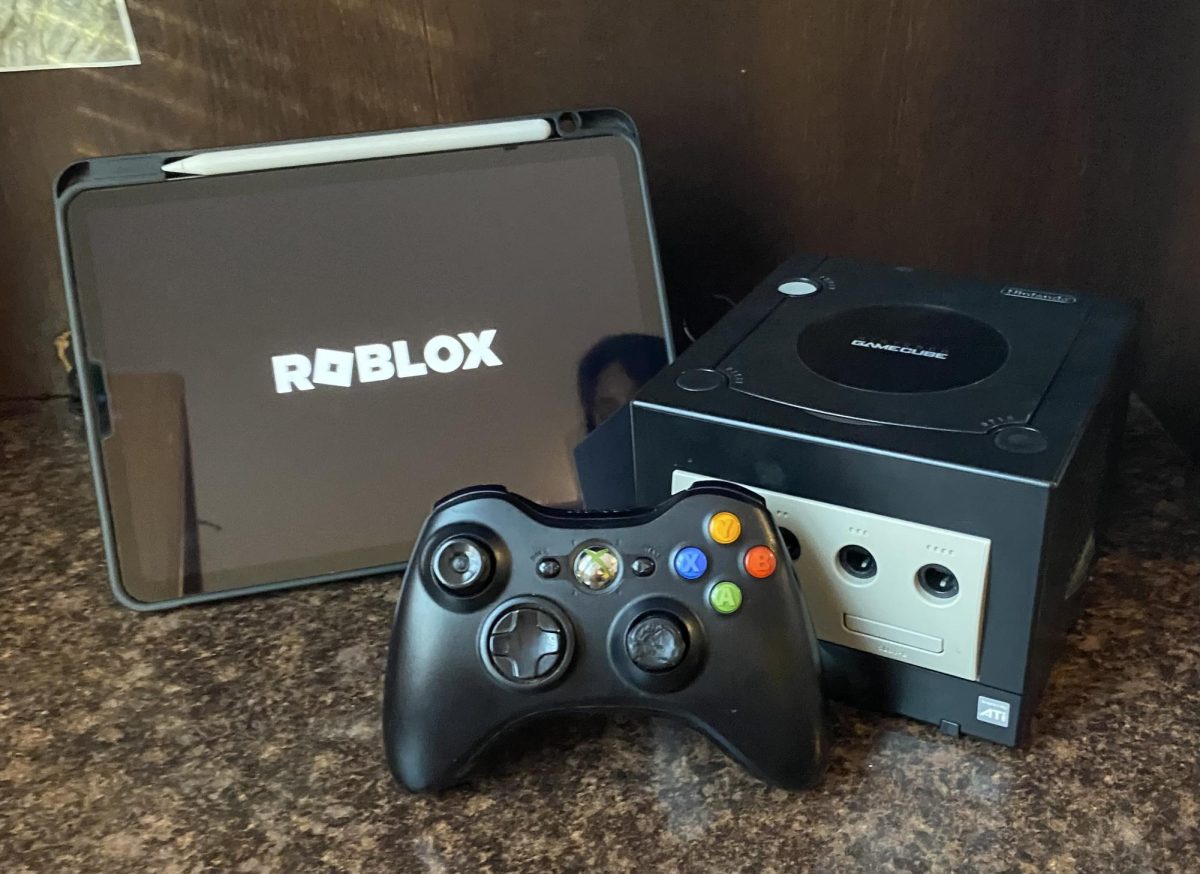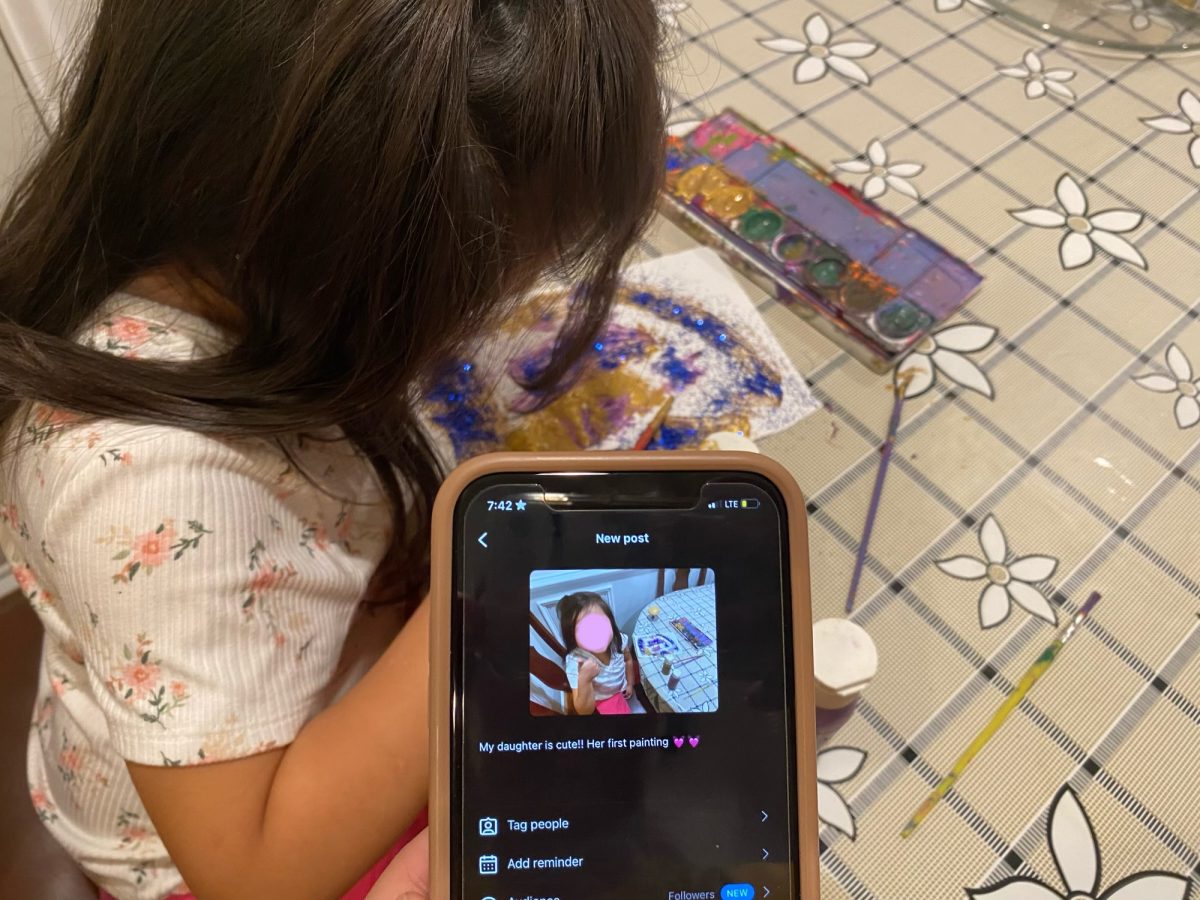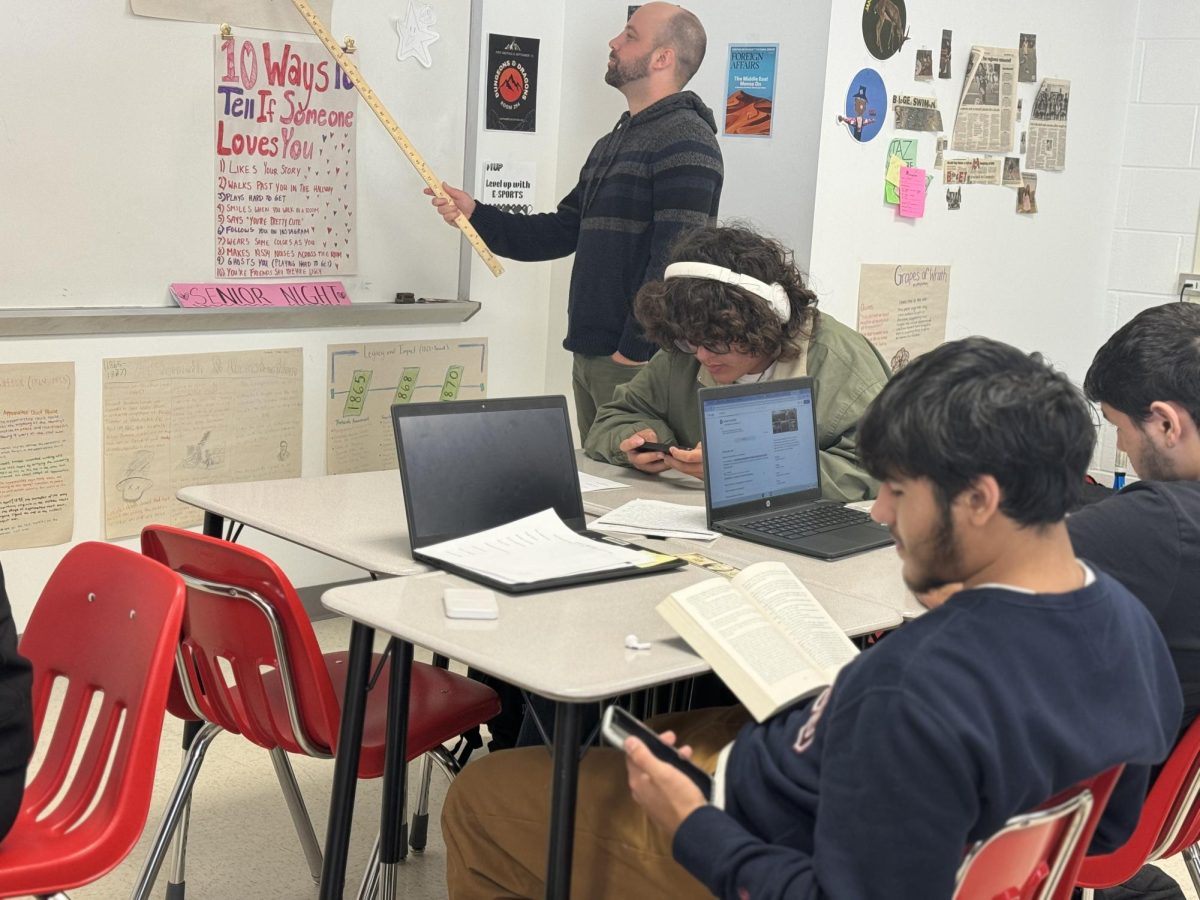
Teenagers are the largest consumers of sugar and energy drinks in the American market, according to an August, 2011 report from the Center for Disease Control (CDC). It is no surprise, then, that the average teen is subjected to several hundreds of advertisements in the course of a single day, according to CBS News. This encompasses product placement in movies and television shows, as well as conventional radio and television advertisements.
Not only are restaurants and fast food chains marketing their products, but beverage companies are as well. It is not surprising, in this sense, that the CDC report cited above relates that the portion of the American population aged 12-19 consumes 717,000 calories related to sugary drinks daily. This far outranks any other age group of the American population. While the CDC report might come across as disconcerting to many parents, teenagers and teachers alike, it is a reflection of the aggressive marketing techniques that sugar and energy drink companies pursue.
Besides serving as the largest portion of this particular American market, teenagers also have the promise of many years of purchasing products.
“Companies want to draw the attention of teenagers because they have a longer time to buy the products,” senior Jonathan Pratt said.
Just how prevalent are advertisements from these companies? According to health teacher Gabe Romano, beverage corporations spend their largest sums of money devoted to advertising at at highly publicized events.
“Companies spend millions of dollars, and in some cases billions of dollars, in order to advertise their products,” Romano said. “For example, there are many television commercials and sporting events, such as NASCAR Racing, in which both sugar and energy drinks serve as sponsors.” According to Romano, some companies that are well known for their product placement are “5-Hour Energy,” Red Bull, Coca-Cola and Gatorade.
Beverage companies also place their products in subtle manners.
“Mountain Dew has been advertising with the new Halo 4 video game,” senior Joe Rolen said. “Since this game is popular with teens, this is one way soda companies might market to students.”
Some companies collaborate with other consumer products, such as video games, to offer virtual “points” that result in rewards upon purchase. This tactic is not just pursued by Mountain Dew. Coca-Cola is also well known for their “Coke Rewards.”
Beverage companies have also attempted to market their products in the context of a certain lifestyle.
“There are many commercials by large beverage companies that show young people participating in extreme sports, or other exciting activities,” Pratt said.
Every year in Ocean City, MD., for example, Mountain Dew sponsors the Dew Tour, which is marketed as an “action sports and lifestyle festival.”
Beverage companies have successfully identified several aspects of the daily lives of teenagers on which they might be able to generate profits. However, school systems are trying to fight back.
“Schools are doing a good job educating their students about the risks of consuming too many energy and soft drinks,” Romano said. “FCPS has several ‘nutrition’ lessons in the tenth grade health curriculum, which cover these topics.”
Six years ago, the American Beverage Association, a group representing several large soft drink companies, signed an agreement to lower their sale of high-calorie drinks to students. This, in tandem with regulations passed by school districts such as FCPS, have aimed at lowering an average student’s daily sugar intake.
But there is still a lot of room for improvement, that cannot solely take place inside school walls. The mayor of New York City, Michael Bloomberg, recently passed a controversial ban on over-sized soft drinks using such an assertion as his justification.
For some students, sodas are the only type of drink available. Soft drink companies are able to capitalize on this limited variety in low-income neighborhoods by marketing drinks as “low sugar” or “made with fruit juice” at prices cheaper than drinks that are far more nutritious.
But change can only begin with small steps. Studies show that teenagers learn most from role models (whether celebrities or parents). School systems should reflect this in their own policies.
However, for now, soft drinks are still available in AHS, and are only supported at home by marketing tactics that are far more pervasive than often perceived.





